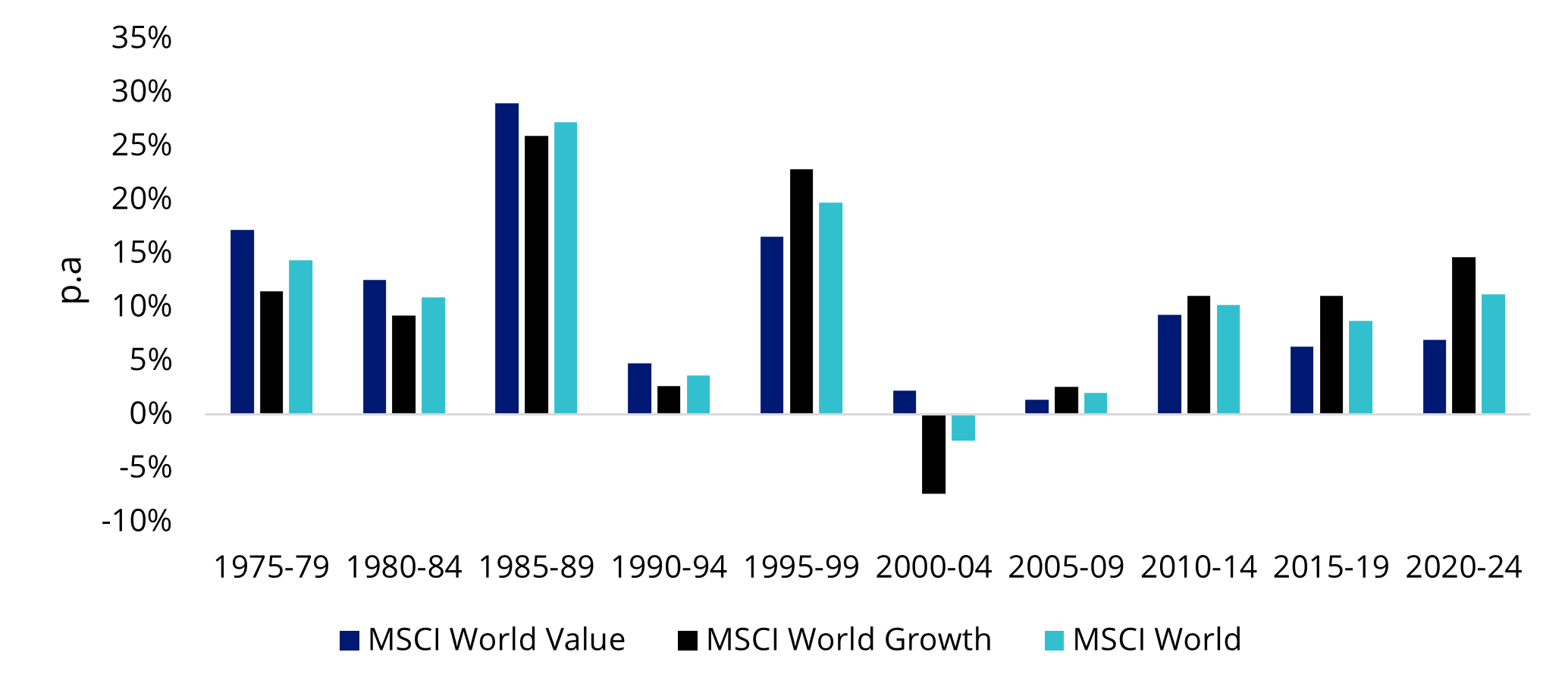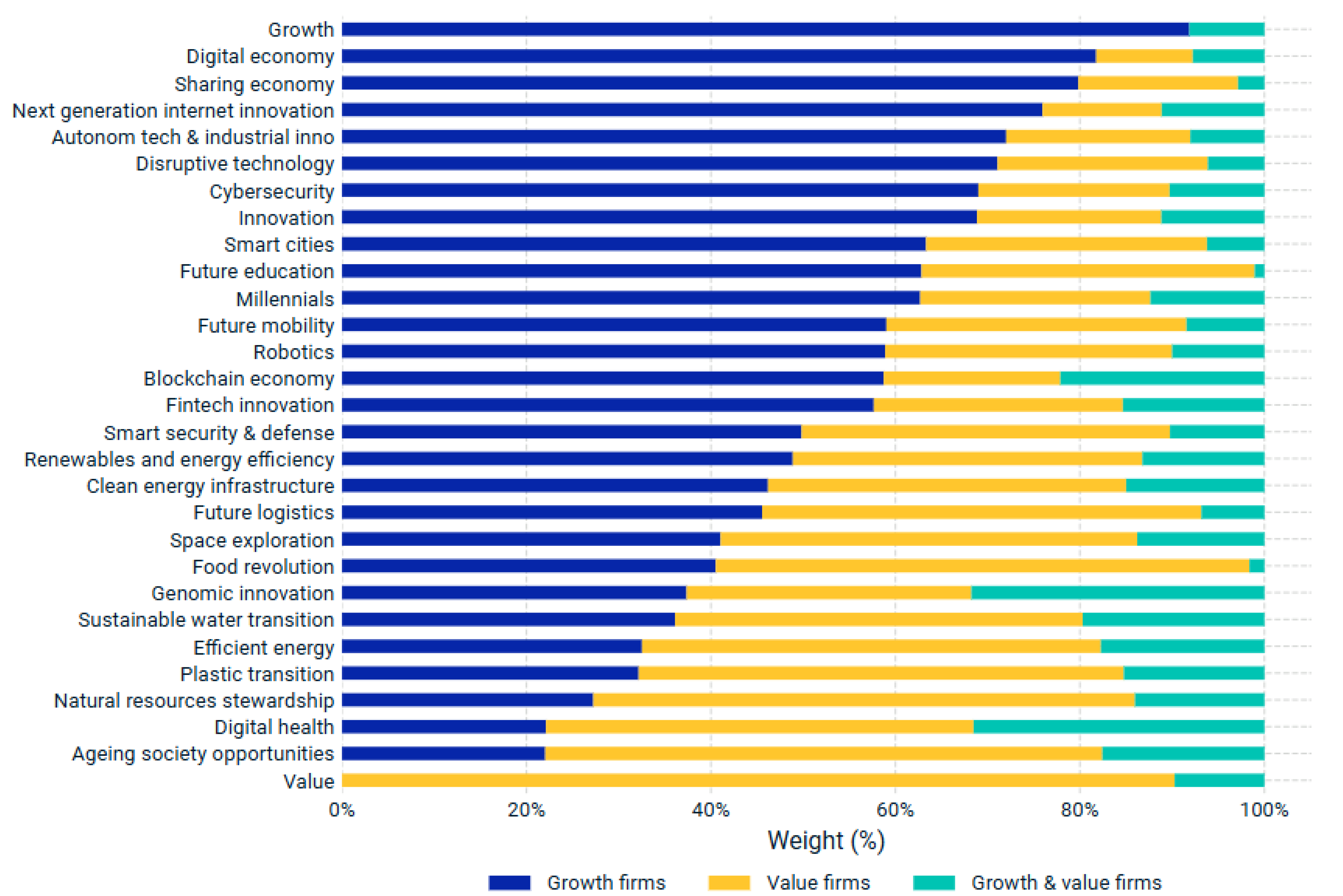Cracking the code on growth investing
Active growth managers can turbo-charge the returns of a portfolio one year, only to weigh a portfolio down in another. Growth, we think, is an important factor in equity investing – you just need to make sure you know what makes your engine run. Growth investing has historically been incorrectly considered the opposite of value investing.
That started to change in 1992 when Warren Buffett wrote in his letter to shareholders when discussing his observation that most analysts feel they must choose between two approaches customarily thought to be in opposition: "value" and "growth.”
Buffett said, “In our opinion, the two approaches are joined at the hip: growth is always a component in the calculation of value…”(1)
This was five years after ‘Black Monday’. In the years immediately after the stock market crash, value managers did well, but growth managers had been staging a comeback. Growth had gained notoriety among active managers, perhaps most famously by Peter Lynch, throughout the late 1970s and 1980s.
The growth factor
According to a recent MSCI paper, “The roots of growth investing can be traced back to early 20th century investors who focused on companies with strong earnings potential and reinvestment prospects.”(2)
Like other investment style factors, the growth factor has been associated with various identifiable and measurable company characteristics. These have been analysed and tested by academics and financial industry practitioners. This includes assessing a combination of forward and historical earnings and sales growth, as well as identifying companies with sustainable competitive advantages.
Growth since the GFC
Growth has been a hot topic among international equity investors since the GFC, as ‘growth’ companies outperformed ‘value’ companies after many decades of underperformance.
Chart 1: Since the GFC, growth has outperformed value

Traditionally, ‘growth’ investing has been the domain of active managers.
Investing with a skillful ‘growth’ active manager, who is selective and curates their portfolio, has been rewarding for investors, irrespective of the era. As noted earlier, investor Peter Lynch was associated with growth investing, and his US mutual fund outperformed during the 1980s when, in the chart above, value outperformed.
Growth investing focuses on identifying companies poised for rapid revenue and earnings expansion, often driven by innovation, market disruption or evolving consumer preferences. You can see in the chart above, it had a run into the dotcom crash.
Growth is associated with technological shifts and changes.
Fast forward to today and growth and its performance are now closely intertwined with trends such as AI, the digital economy. MSCI recently highlighted the domination of growth companies within the technology and innovation themes of its thematic index series.(3)
Chart 2: Growth firms dominate MSCI's technology and innovation themes

Gaining exposure in growth
Traditionally, there has only been one way for everyday investors to gain exposure to a ‘growth’ portfolio: high-fee active funds focused on identifying ‘growth’ opportunities.
However, we think that it is possible to access the growth factor utilising a systematic, rules-based approach that targets outperformance for a fraction of the costs of the typical active management fee.
Active management provides the key: selectivity.
VanEck has a distinguished history of harnessing technological advancement and advanced analysis to identify and unlock opportunities for Australian investors. For over a decade, we have pioneered smart beta ETF strategies in Australia, with a vast number of our smart beta ETFs being the first of their kind on the ASX, offering investors the ability to construct portfolios with a targeted outcome in mind.
It is with this mindset that we contemplated the growth factor and a selective, systematic approach.
The result is the VanEck MSCI International Growth ETF, which will soon be listed on the ASX under the ticker ‘GWTH’.
GWTH is an ETF that will allow investors to add a growth tilt to their portfolio, for passive fees. Importantly, it could be a diversifier to the growth factor away from the over-held companies, because NVIDIA is currently the only ‘Magnificent-7’ company included in the index.
Find out more and register your interest in GWTH here.
3 topics

